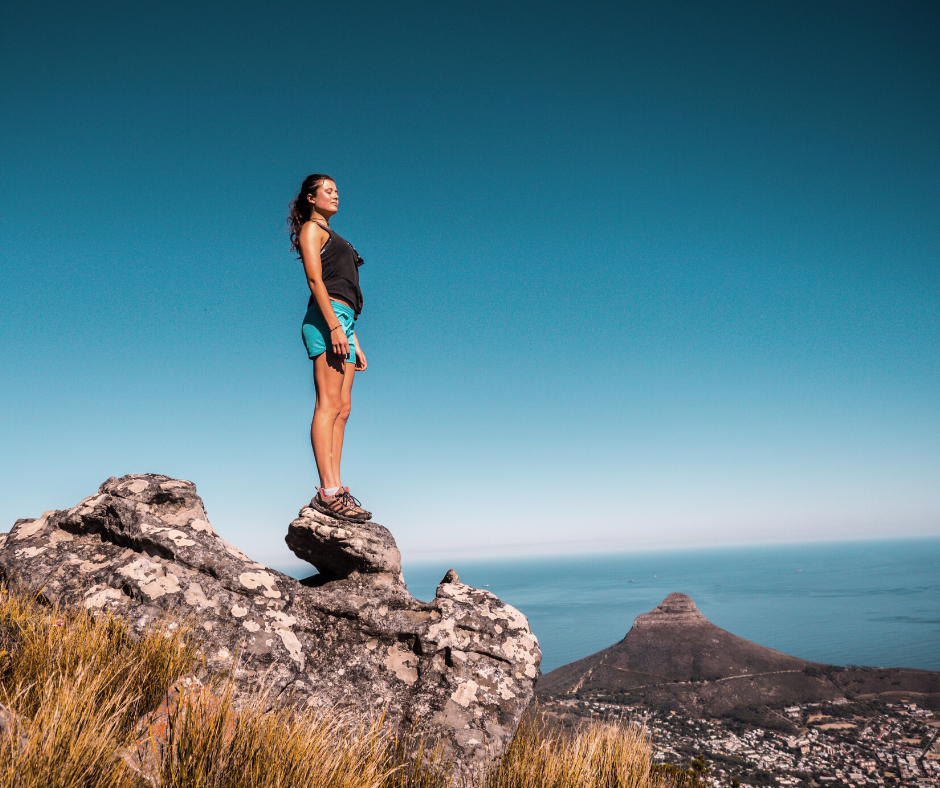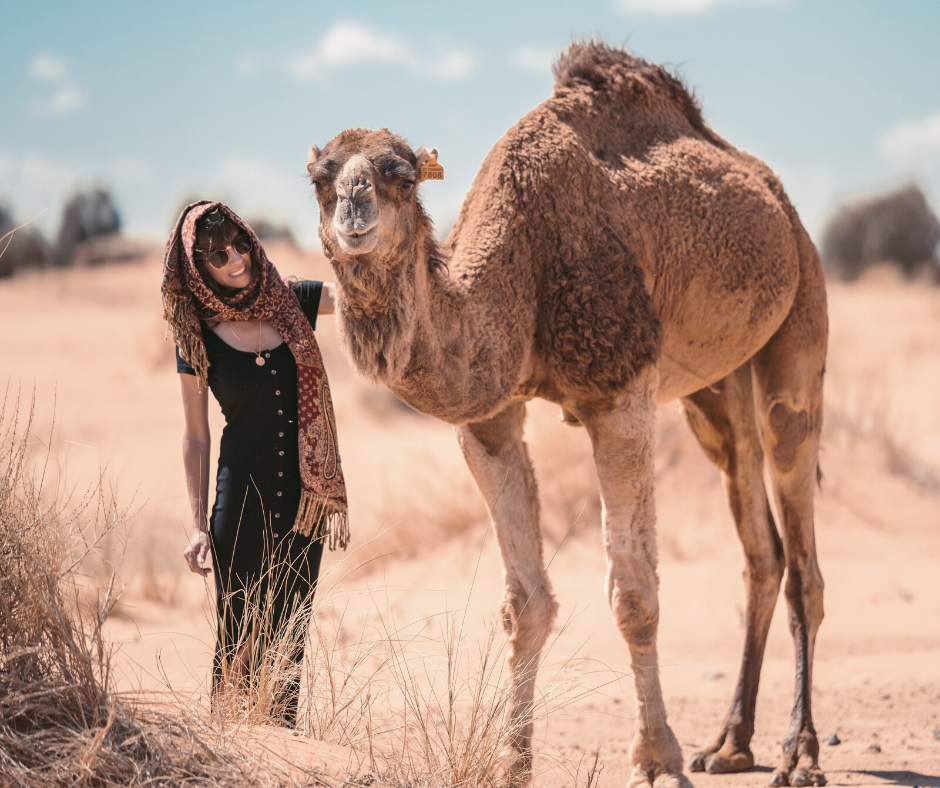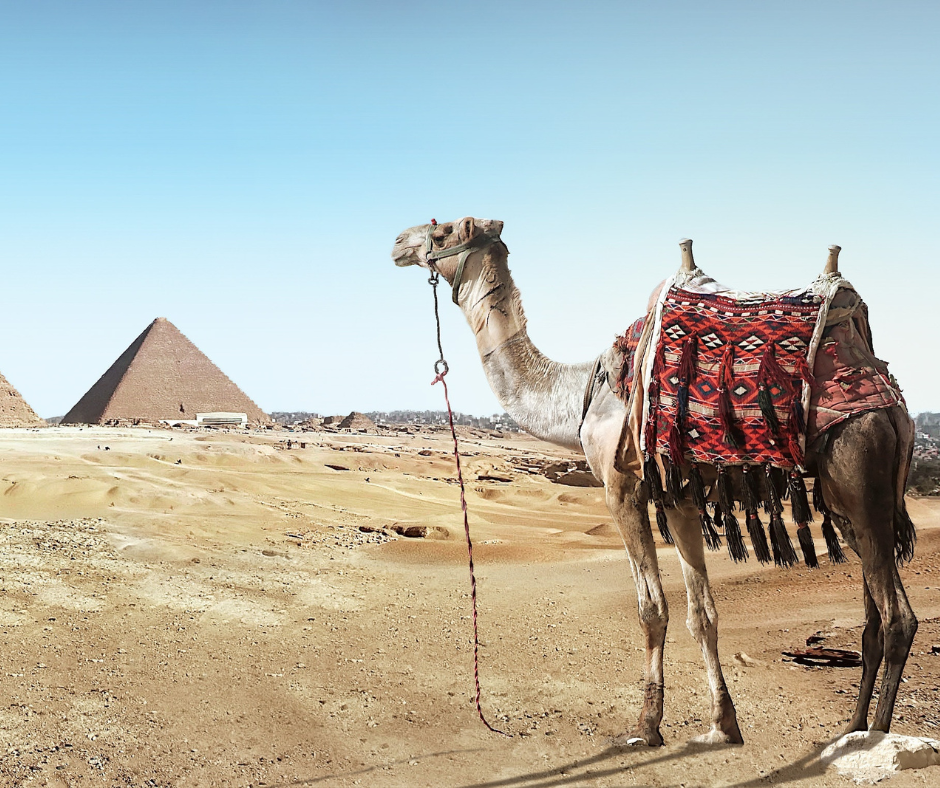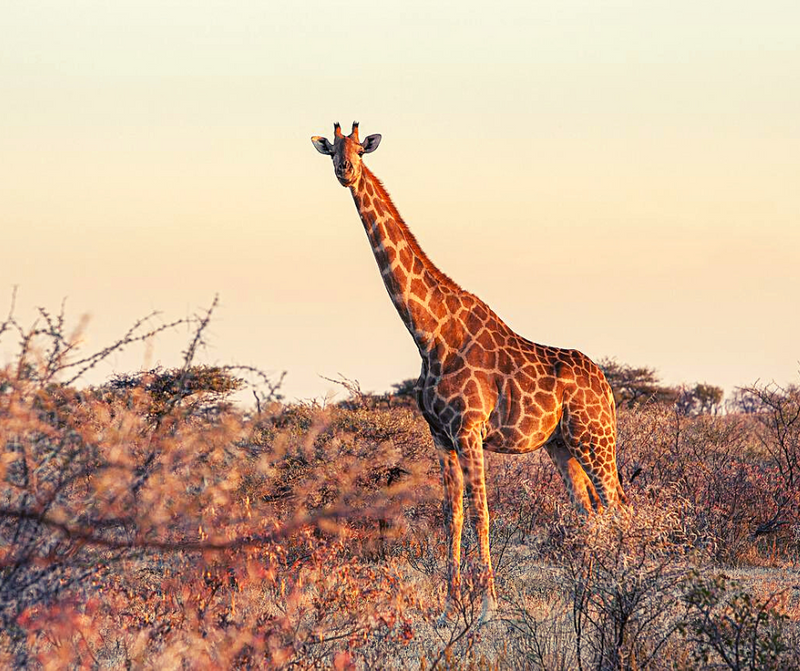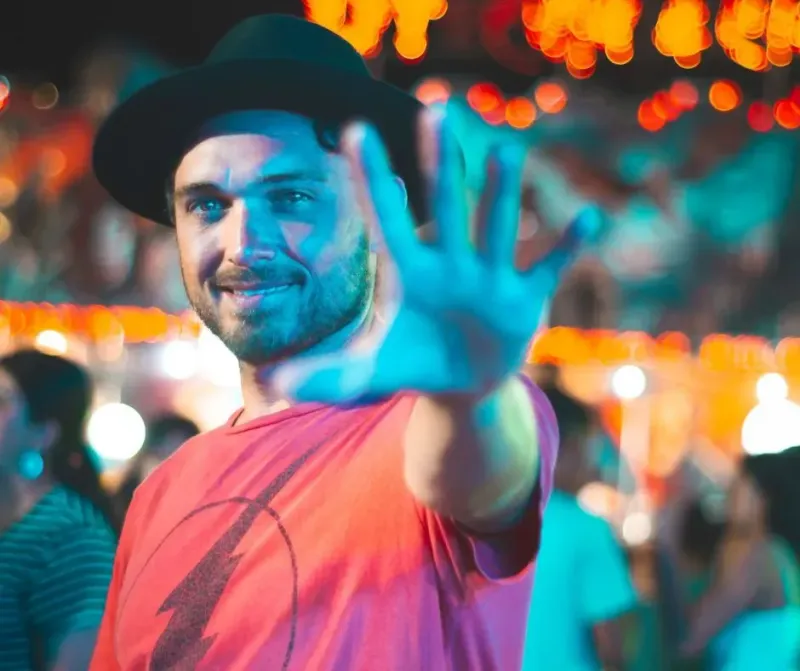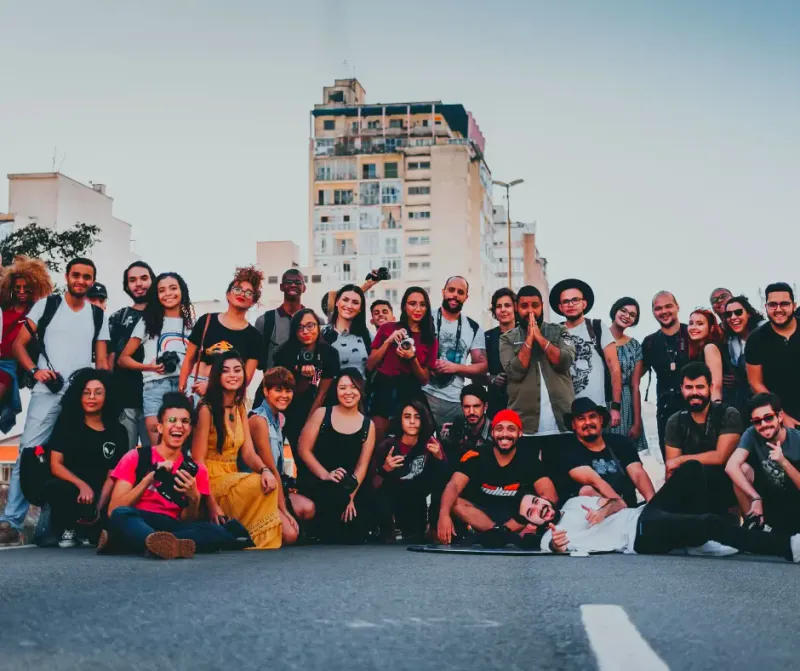Namibia is home to the Big Five - lion, rhino, elephant, leopard, and water buffalo, as well as to 13 ethnic tribes each with a unique language and traditions. The largest number of free-roaming cheetahs and black rhinos in the world has its habitat in Namibia, and during a safari, you might see giraffes, too.
Namibia counts more than 300 sunny days a year, which makes it one of the driest countries on Earth. Its capital Windhoek is located in the Khomas Highlands, a windy place. However, Namibia is a magnificent country that makes a great effort to protect its fragile environment.
🌱 Travel health insurance for Namibia
🇳🇦 Entry requirements for Namibia
- Visa: There is no visa required for stays up to 90 days.
✈️ How to get to Namibia
- Plane: Namibia has just one international airport, so the chances are pretty high that you will arrive at Hosea Kutako International Airport (WDH) in Windhoek.
There is one direct flight from Europe to Namibia operated by Air Namibia, flying the route Frankfurt (FRA) to Windhoek (WDH). Other direct flights are operating from Doha (DOH) and South African cities, e.g. Johannesburg (JNB), Cape Town (CPT), and Durban (DUR). Due to these limited options, Johannesburg is one of the best choices for a stopover as you can many last-minute flight deals.
Windhoek's airport is a 40-minute car ride to Windhoek city. A taxi is approximately 350 NAD (22 Euro). A taxi should be roughly 0,70 Euro or 11 NAD for 1 km driving. Taking the bus is an option too and would cost you around 150 NAD (9 Euro).
🚌 Public transport
With a population of 2.5 million people and a land mass nearly double the size of Germany, public transport is limited.
- Taxi: There is no good bus infrastructure to mention in Windhoek, therefore your choice will be a local taxi. You can choose between shared and private taxis. The safer and more reliable way is using metered taxis, however, they are difficult to find. Prepare yourself for negotiation.
- Lefa: Works similarly to Uber and drivers will be contacted via the app. One ride starts at 50 NAD which is 3 Euro.
🏡 How to find a place
- WildWifi: Wildwifi offers organized coliving and coworking adventures in Namibia. With packages between 560 Euros to 1,250 Euro per month, you can get accommodation (shared or private). Check out their early bird prices for advanced booking. See more details about WildWifi coworking in the section "Where to work from" below.
- Airbnb: You can find apartments for monthly rent between 700 and 900 Eure in Windhoek.
- myproperty: When you are looking for apartments you might find one here. The average rent during summer time (October to April) is 400 Euro for a 1-bedroom apartment.
🏘 Where to stay in Windhoek
- Windhoek-West: There are many guesthouses located in this suburb as it’s quiet, safe, and accessible to the city (by car). West is close to everything but far away from the central crowds, so you might need a car as public transport within Windhoek is a bit tricky.
- East End & Klein Windhoek: East Windhoek is the most prosperous area of the city. It is home to upper and upper-middle-class populations living in neighborhoods like Auasblick, Avis, Klein Windhoek, Ludwigsdorf, Luxury Hill, Olympia, and Suiderhof. Known to be a safe and quiet area but still, you might need a car as living here means living safe but further away.
🧑🏻💻 Where to work from in Windhoek
Coworking spaces
- WildWifi: Remote work meets African adventures. WildWifi offers a unique safari adventure for digital nomads and remote workers. Besides organized events like games nights, planned safaris, or a chilled pool party, you get a 60 bps fiber internet connection and a workstation.
- The Village: Another coworking space is The Village, which offers good work spots to focus on your next project while having tasty lunch and good coffee. The Village is a complex with restaurants, cafés, and a coworking space.
Coffee shops
- Café Prestige: This is a café bistro as well as an event venue located in the heart of downtown Windhoek. Both inside and outside areas provide seats and tables, wifi, and food from breakfast to dinner.
- Slowtown Coffee Roasters: In 3 locations throughout Windhoek you find this coffee roastery. They serve delicious food and provide okay-ish wifi.
🚊 How to travel around Namibia
- Private car: There are several car rental companies which you should check on arrival. The average price for renting a car is 26 Euro per day. Have in mind driving on the left side of the road, and keep the lights on at all times.
- Minibus: This is the most popular way of transport between Namibian cities. This typically 15-seater vehicle will not follow any timetable and leaves when it's full. The good news is that the tickets are cheap.
- Intercape: This bus company links Namibian cities, and offers air conditioning, and a safe ride.
- WildWifi: Besides coliving and coworking, WildWifi offers adventurous getaways too, for example, camping trips in the wilderness and safaris. This is a safe getaway to explore the beauty of Namibia.
🎖Must see
- Etosha National Park: This national park needs to be on your bucket list. Explore the stunning wildlife of the country with a bit of luck you can see the Big Five plus giraffes, zebras, and antelopes. There are 6 camps within the park offering accommodation, restaurants, luxurious camps, as well as viewing decks. When coming from Windhoek, the nearest gate to access the park is Andersson’s gate, about 420 km south of Windhoek. Depending on your age and car model, the entrance fee for adults is 150 NAD and a car costs 50 NAD. Please have in mind that opening hours depend on sunrise and sunset time.
- Caprivi Strip: This lush green strip can be found in the northeast of Namibia, around 1,140 km from Windhoek. Here, you find a nearly untouched, tropical, and green land. By car, you can easily use Trans-Caprivi Highway B8.
- Skeleton Coast National Park: This coastline, roughly 500 km long, is the biggest graveyard for abandoned shipwrecks from the 19th century. Skeleton Coast has housed many shipwrecks for centuries since Portuguese and Dutch sailors passed by as they attempted to sail around the Cape of Good Hope to reach India. Some are now landmarks of Namibia’s coast, like the MV Dunedin Star from 1942 and the Eduard Bohlen, a gigantic 310-foot vessel that found its last landing pier here. It’s also home to a thriving seal colony on Cape Cross and is on the doorstep of the Himba, one of Namibia’s most recognizable tribes. Driving through the national park gives you more than a rare, arresting ends-of-the-earth landscape.
- Fish River Canyon: Fish River Canyon is very remote, and the capital Windhoek is an 8-hour drive away. The 160 km long and up to 27 km wide canyon reaches depths of more than 500 meters and it is the second biggest canyon worldwide. To drive to the viewpoint which is also the trailhead of the famous Fish River hiking trail, you need to pay 160 NAD per person and 10 NAD per car without accommodation. From the main entrance, at Hobas Camp you can hike anything from a sporty 30-min walk to a five-day hiking adventure.
💡Good to know
- Internet: The median internet speed for fixed broadband is about 9.84 download and 7.55 Mbps upload speed.
- Sim card: Have in mind that from January 2023 onwards, Namibia will launch a National SIM registration law. Unregistered sim cards will be deactivated. A good provider is MTC with the prepaid sim card. You can buy it already at the airport. Alternatively, get a sim card from Telecom Namibia.
- Cost of living: Single person has an average cost of living of 525 Euro without rent. Including rent, you can calculate monthly costs of around 1,000 Euro. The cost of living in Namibia is, on average, 48.10% lower than in the United States.
- Currency: The official currency is the Namibian Dollar (NAD). 1 NAD converts to 0,06 Euro and 1 Euro converts to 16,16 NAD.
- Climate: Namibia is characterized by an arid climate but can be visited all year long. During summer (October to April), which is the rainy season, temperatures can raise up to 40°C. In winter (June to September) the average temperatures range from 18° to 22°C. The rainy season starts in October and lasts till April.
- Crime: The most significant concern is theft, hacking, and carjacking. Staying in Windhoek means watching your valuables at all times. Beware of people who offer help or ask you to help. Just stay alert.
- Safety: Namibia is one of the safer countries in Africa. Most crimes are non-violent. Since the rate of unemployment is high, there are pickpockets and credit fraudsters so keep your wallet and valuables safe and don’t leave belonging visible in your car.
- Events and festivals: Once, Namibia was a German colony, and some German traditions remain, for example, the Octoberfest. You can experience everything (non-Bavarians are embarrassed for) from traditional music played by bands to huge beers, pretzels, and Bavarian clothing. Windhoek also celebrates the Annual Cultural Festival in April, to promote cultural diversity, social empowerment, creativity, and entrepreneurship.
🚧 What to avoid
- Pickpocketing: Don't leave valuables visible in your car or unattended wherever you are
- Lonely streets: It is wise to avoid deserted areas, particularly at night, and if you are on a self-drive adventure then ensure your car is always locked.
- Showing off: Keep your Rolex and Louis Vuitton at home. Dress down when exploring Africa’s cities.
- Hitchhikers: You should not stop for hitchhikers.
- Being outside in the dark: Always try to get to your destination before dark. Although major roads are well maintained, Namibia’s network of secondary roads can be hazardous, particularly during the rainy season (October to April) and animals are frequently crossing the road.
- Don’t ignore police roadblocks: You should always stop and wait to be waved through.
🚴🏻♀️ How to stay healthy
Stay active
- Walking: If you want to go for a walk the Botanical trail is an easy loop of 2 km and is close to Windhoek.
- Running: A good start could be the Klipspringer Trail. Discover this 4.5-km loop near Windhoek Khomas. The route is generally classified as easy and can usually be completed in 30 minutes. Nearly the same level and length is the River Trail, a 4.5 km running trail near Windhoek.
Health risks
- Malaria: Anti-malaria protection is advised, as well as covering up in the evening and using mosquito repellent. The best time to visit would be May to September because all the other months are either too hot or too rainy. Only 30 people (in groups of a minimum of 3 people) per day are allowed to start the hike so you might consider a pre-booking.
- Water quality: You can technically drink tap water in Namibia but quality varies from location to location. It is suggested to stick to bottled water while traveling.
- Air quality: The air quality in Namibia is moderate.
- Standard vaccinations: Hepatitis A, Hepatitis B, Measles, Rabies, Typhoid, Tuberculosis.
- Further recommended precautions: The American CDC recommends that when travelers go to some regions of Namibia take prescription medicine to prevent malaria. Avoid mosquito and tick bites to prevent Chikungunya, Dengue, and Leishmaniasis.
- Mosquitos: Use Mosquito repellant before visiting affected areas. Repellants containing DEET are the most effective.
- HIV/AIDS: Visitors to Namibia should be aware that HIV/AIDS is very common, and sexually active travelers should use protection.
⚓️ Long stay
If you want to stay in Namibia for longer than 90 days, you need to apply for a residence permit or long-stay visa at your country's embassy in Windhoek or the Namibian government.
